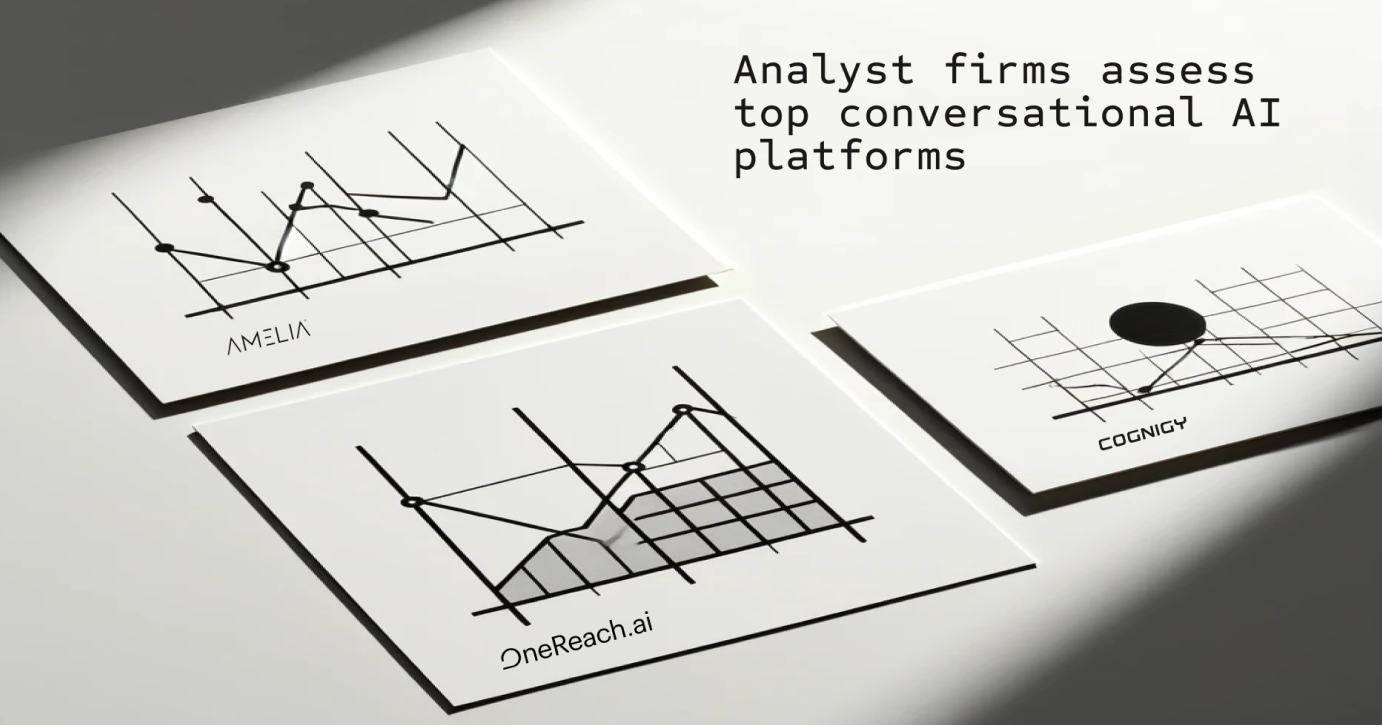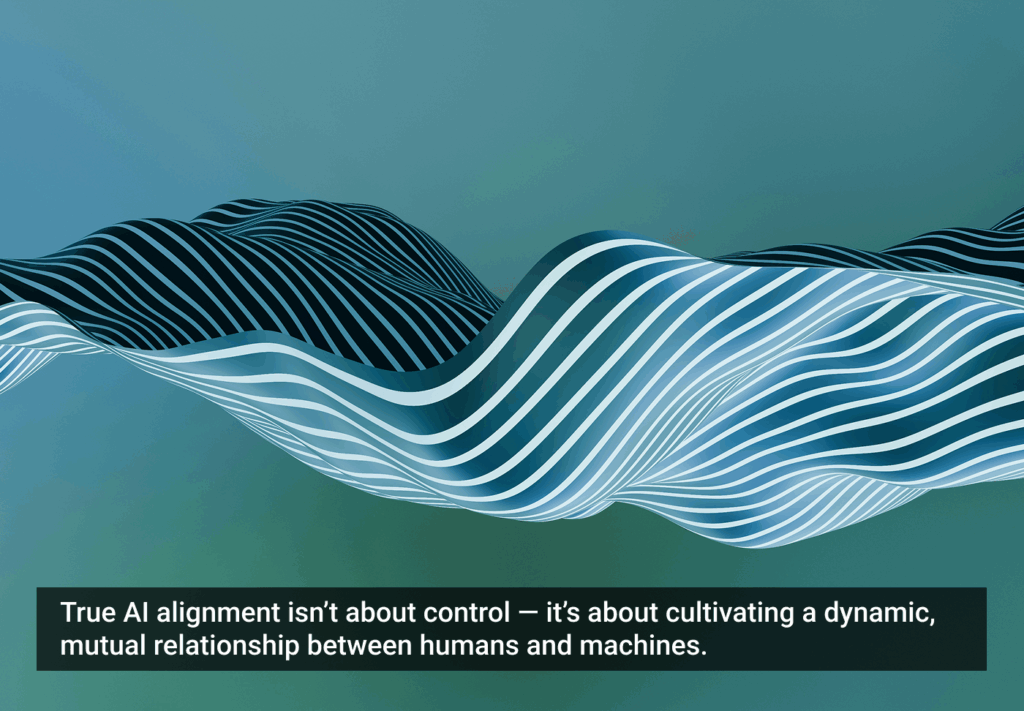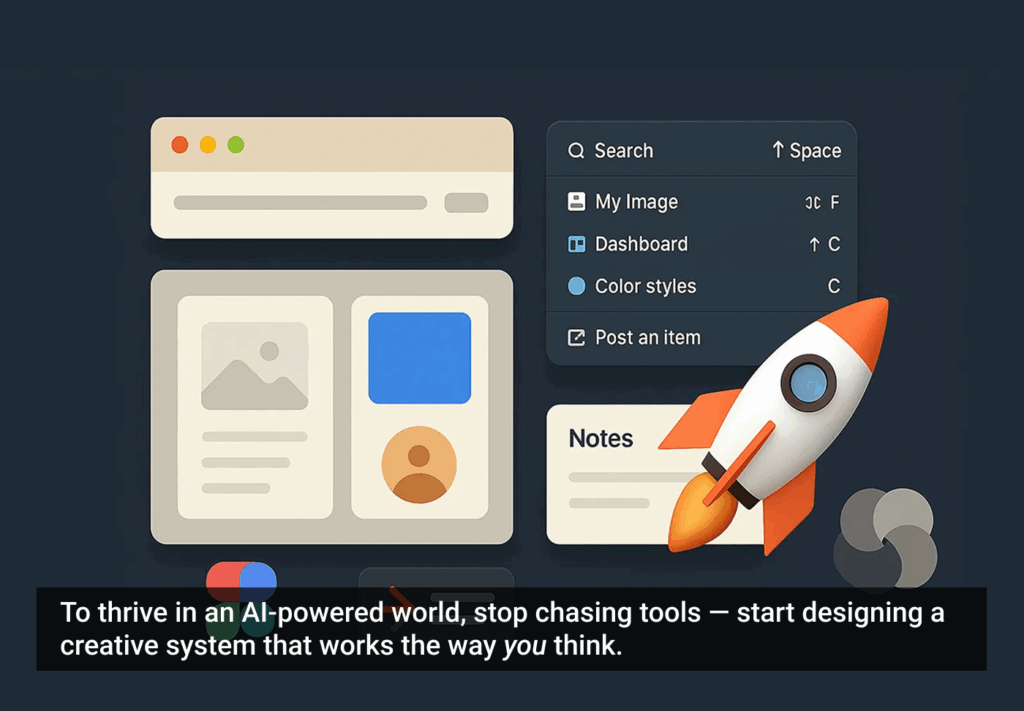With Forrester releasing their new report on conversational AI for customer service, all the major analyst firms (including IDC and Gartner) have compiled similar reports on the top platforms many companies are using to create conversational AI product experiences for their employees and customers. This is happening in a moment where AI agents have come to dominate discussions about how companies can orchestrate business processes using conversational AI.
While everyone has heard of OpenAI and Google, companies like OneReach.ai and Cognigy might not be well-known by those outside this marketplace. Still, they are among the platforms in Forrester’s report that highlight an often overlooked layer of the market that is critical to scalable implementations of generative AI.
There is a disconnect between the short-term capabilities of generative tools and the much longer-term strategies that organizations need for actually leveraging the technologies associated with conversational AI. This wave of reports from major analyst groups seems to recognize this, as platforms for orchestrating these kinds of technology are designed to deliver the real business value that organizations are searching for.
Become a member to read the whole content.
Become a member







